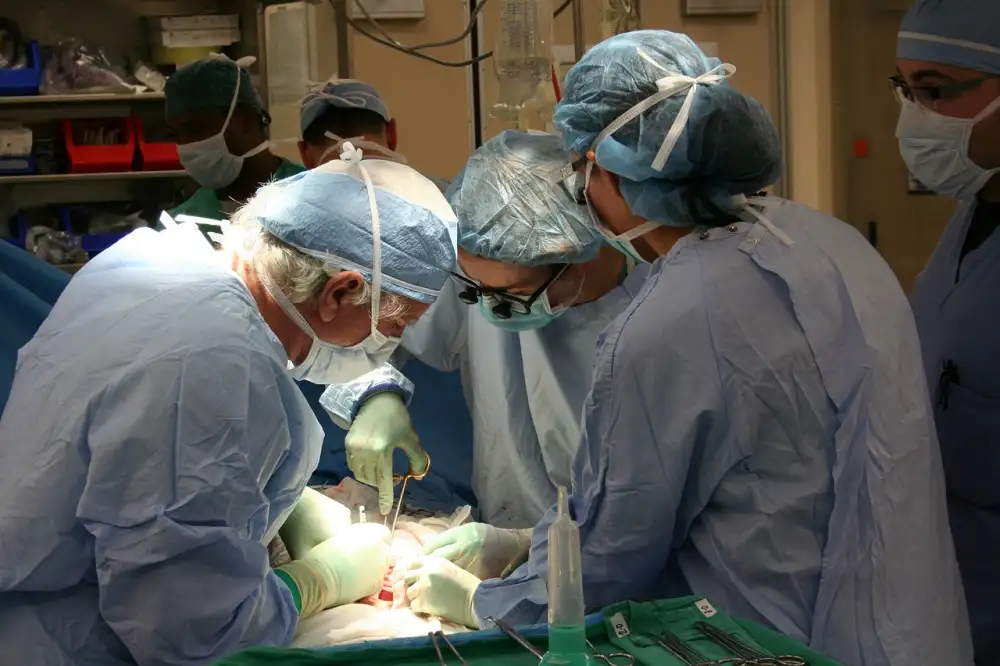Transform Your Outie to an Innie with Outie to Innie Surgery: A Healthier Choice

Outie to Innie surgery, also known as umbilicoplasty, is a cosmetic procedure designed to transform an outward protruding belly button (outie) into an inward one (innie). This surgical technique has gained popularity among individuals who are self-conscious about the appearance of their belly button. The procedure involves reshaping the skin and tissue around the navel to create a more aesthetically pleasing result. While primarily considered a cosmetic surgery, some individuals may also opt for this procedure for functional reasons such as discomfort or hygiene concerns associated with an outie belly button.
Reasons for Considering the Procedure
For some individuals, having an outie belly button can cause self-consciousness and dissatisfaction with their appearance. Outie to Innie Surgery, also known as umbilicoplasty, offers a solution for those looking to achieve a more aesthetically pleasing and symmetrical belly button. This procedure can help improve body confidence and overall satisfaction with one's physical appearance. Additionally, for individuals who experience discomfort or irritation due to their protruding belly button, umbilicoplasty can provide relief and improve comfort in daily activities.
Preparing for the Surgery
Preparing for Outie to Innie surgery involves several important steps to ensure a successful procedure. Before the surgery, it is crucial to have a consultation with a qualified plastic surgeon who specializes in umbilicoplasty. During this consultation, the surgeon will assess your belly button's current shape and discuss your desired outcome. You should also disclose any medical conditions, allergies, or medications you are taking. Additionally, you may be advised to stop smoking and refrain from certain medications that can increase the risk of complications during surgery. Finally, it is essential to follow any pre-operative instructions provided by your surgeon to optimize the results of the procedure and minimize potential risks.
The Surgical Process
During the Outie to Innie surgery, the surgeon will start by making an incision around the belly button. The excess skin and tissue will be removed, and the belly button will be reshaped to create a more aesthetically pleasing innie appearance. The surgeon will then carefully suture the incision to promote proper healing. The entire procedure typically takes about 1-2 hours and is performed under local or general anesthesia, depending on the individual case and surgeon's recommendation. It is important to follow post-operative care instructions diligently to ensure optimal results.
Recovery and Aftercare
After the Outie to Innie surgery, it is essential to follow post-operative care instructions diligently. This includes keeping the incision site clean and dry, as well as avoiding strenuous activities that could strain the area. Pain medication prescribed by the surgeon should be taken as directed to manage any discomfort. Patients are typically advised to wear a compression garment to support the healing process and reduce swelling. It is crucial to attend follow-up appointments with the surgeon to monitor progress and address any concerns promptly. Full recovery can take several weeks, during which time it is important to prioritize rest and allow the body to heal properly.
Potential Risks and Complications
As with any surgical procedure, Outie to Innie surgery carries certain risks and potential complications. These may include infection at the incision site, bleeding, scarring, and changes in sensation around the belly button area. In rare cases, patients may experience adverse reactions to anesthesia or develop blood clots. It is important to discuss these risks with your healthcare provider before undergoing the procedure to ensure you are well-informed and prepared for any potential outcomes.
Expected Results and Follow-up Care
Following the Outie to Innie surgery, patients can expect a more aesthetically pleasing belly button that is inverted rather than protruding. The incision site will heal over time, resulting in a natural-looking belly button. It is important to follow post-operative instructions provided by the surgeon, which may include keeping the area clean and dry, avoiding strenuous activities for a certain period, and attending follow-up appointments as scheduled.
Regular follow-up visits are crucial to monitor the healing process and address any concerns that may arise. Patients should communicate any unusual symptoms or signs of infection to their healthcare provider promptly. Adhering to a healthy lifestyle with proper nutrition and exercise can also contribute to optimal healing outcomes. By following the recommended post-operative care plan, individuals can enjoy the long-term benefits of their Outie to Innie surgery while minimizing potential risks.
Outie to Innie surgery can be a life-changing procedure for individuals who have struggled with self-confidence and discomfort due to their outie belly buttons. By opting for this surgery, many people have found improved body image, increased self-esteem, and a boost in overall well-being. It is essential to carefully consider the reasons for undergoing this procedure and consult with a qualified surgeon to discuss expectations and potential risks. Remember that the key to a successful outcome lies in thorough preparation, following post-operative instructions diligently, and attending all follow-up appointments. Ultimately, the decision to undergo Outie to Innie surgery is a personal one that should be made after careful consideration of all factors involved.
Published: 27. 03. 2024
Category: Health



